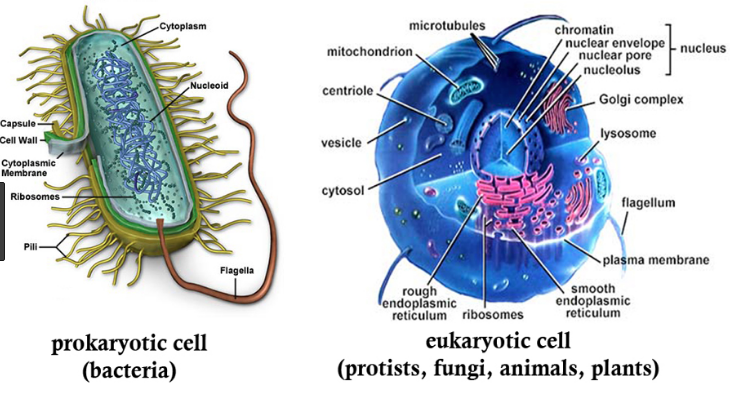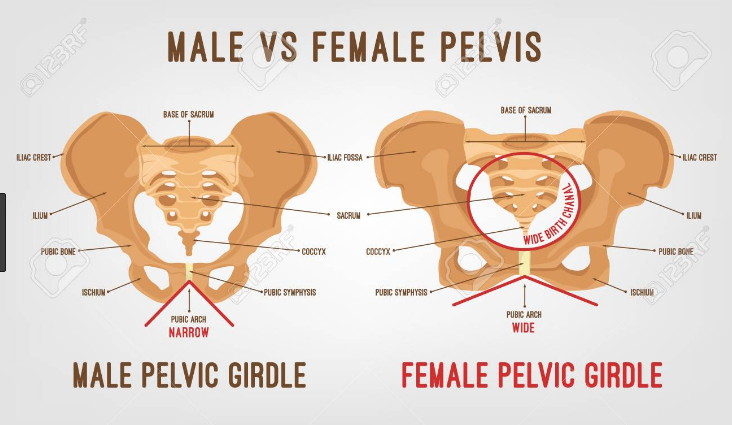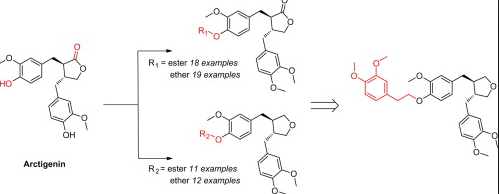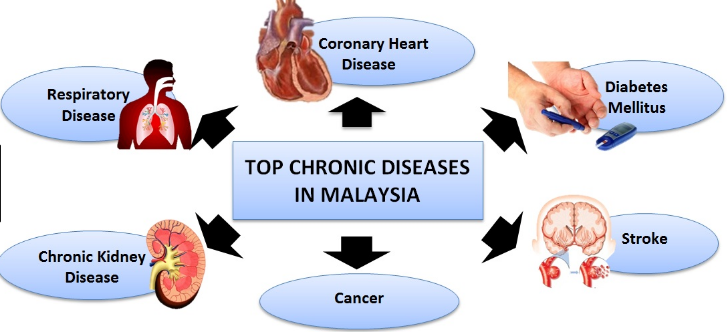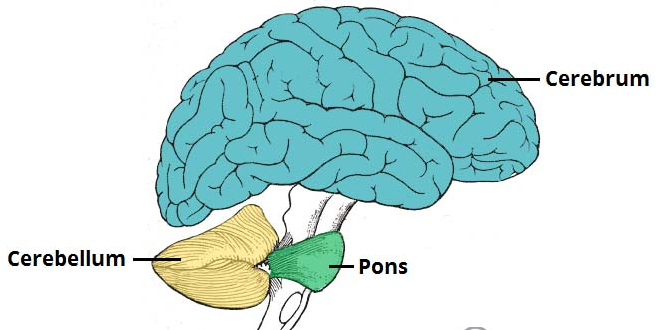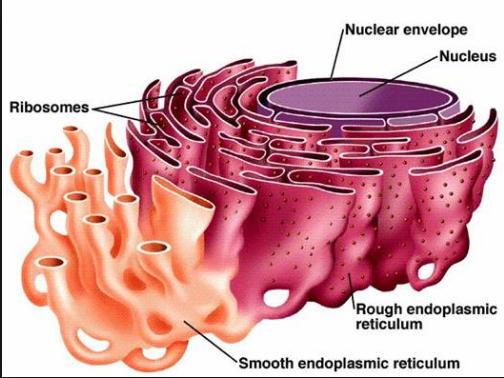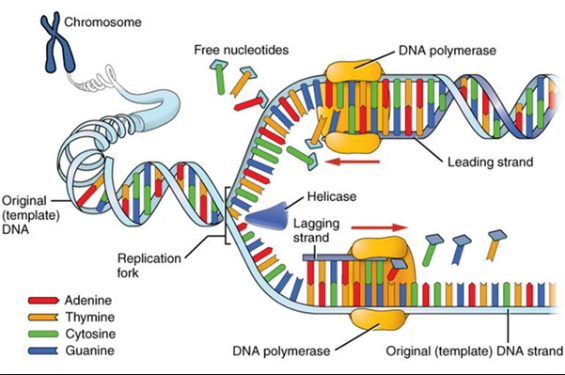10 Major Difference Between Prokaryotes And Eukaryotes Cells (With Examples & Pictures)
A prokaryote is usually a unicellular organism that lacks a membrane-bound nucleus, mitochondria, or any other membrane bound organelle. Organisms that have prokaryotic cells are unicellular and they include archaea and bacteria. Prokaryotic cells do not have a true nucleus that contains their genetic material as eukaryotic cells do; instead they have a nucleoid region, … Read more
